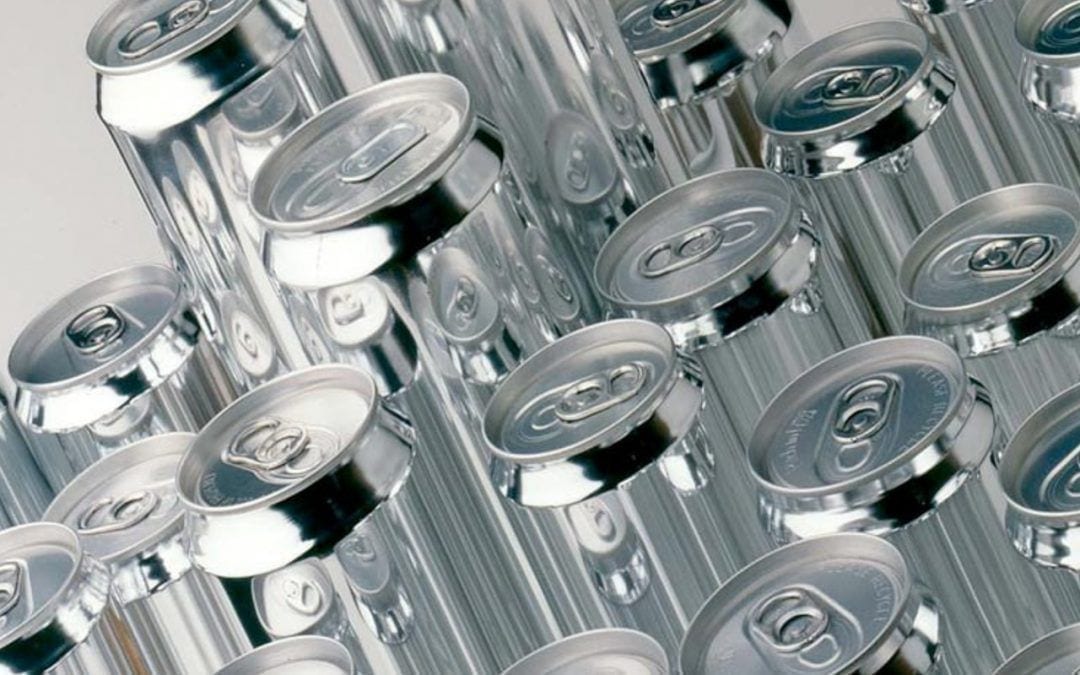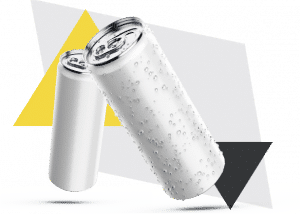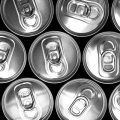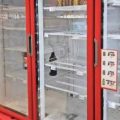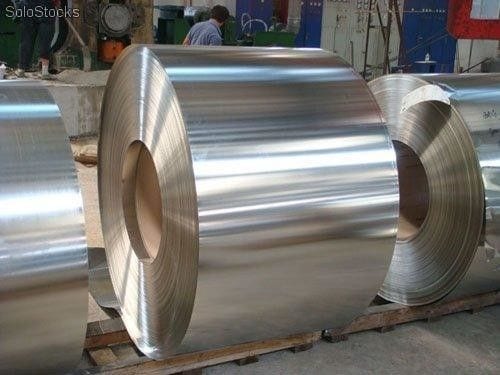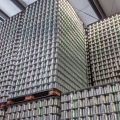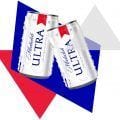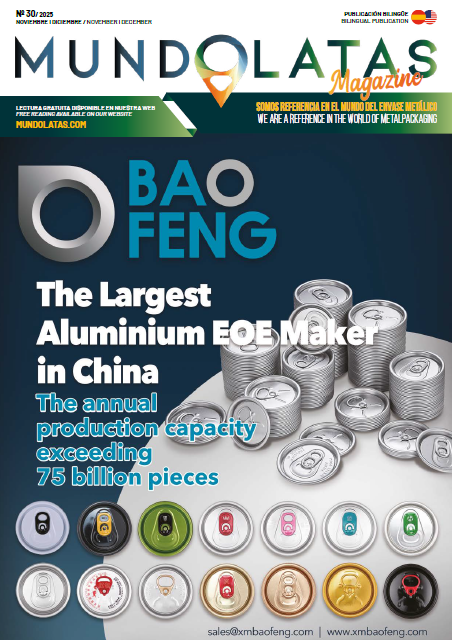Too much beer, not enough cans. America’s craft brewers are not having a good time and are in danger of losing their production.
According to the Washington Post, the last threat to America’s craft brewers is a shortage of cans. There is a very high demand for this type of packaging, which the big beverage manufacturers preempted and prepared for bad times ahead. Large companies like Pepsi, Coke, Anheuser-Busch and Molson Coors began to protect themselves by “signing contracts with canning giants, but also negotiating contracts with smaller distributors.”
Not only is the demand for beverages growing, such as soft drinks and water with and without gas; but manufacturers are leaving the plastic containers behind and adopting the aluminium ones. It is a trend that is growing and that with the heat wave of this last summer coupled with the Civid-19 epidemic, it has taken hold. This is therefore oversaturating the demand for aluminium packaging.
Gamer Packaging, a U.S. distributor of can packaging, notes that the deficit is nationwide and the most affected “are being can manufacturers, distributors and brewers.”
“We could sell 200 million more cans by the end of the year if we could get them,” Says Washington Post Paula Gamer, president of Gamer Packaging. “Unfortunately, we have to reject new customers because we first have to take care of existing customers. And none of our manufacturers will accept new customers until the end of the year.”
But how has the migration to cans by artisanal brewers accelerated so dramatically? Lester Jones, chief economist at the country’s National Association of Beer Wholesalers, explains this very clearly.
At the end of 2019, 60% of the beer market was in cans. The rest, mostly in glass bottles as artisan brewers considered it more “elegant and suitable for high-end restaurants and bottle shops”. But, as acceptance and consumption in the market of such beers “in supermarkets and convenience stores grows, cans became the preferred packaging. They are easier to stack and send, and adapt to more occasions.” So, while 60% was in cans and 30% in bottles, there was 10% that was concentrated in barrel sales in breweries, bars and restaurants. With the pandemic and closure of premises… this 10% became a problem. Brewers, of course, began using cans, which put pressure on the market.”
According to Bart Watson, chief economist at the Brewers Association, the bottleneck is not the supply of aluminium, but the capacity to manufacture cans. But investing in manufacturing more doesn’t seem to be smart right now as we’re talking about a completely unstable financial market, where many brewers are also at risk of closing.
A clear example is that of 3 Daughters Brewing in Florida that produces 16,000 kegs of beer a year. As stated by its CEO Mike Harting, installing a bottling line – as some mention as an option – is a chimera. “That’s not an option for us.” Sales of barrels fell to zero while can sales increased by 100%. According to the American newspaper, Harting has been ordering trucks loaded with 204,000 cans, but while on the one hand he gets them, he must wait more than 8 weeks (when normally it takes 2 weeks) for the lids.
“Small businesses are at the end of the line,” Harting says. “It will be one of the reasons why some brewers fail. They just can’t get cans.”

